How to Find Wholesale Suppliers and Distributors for Ecommerce

Every store needs something to sell. Figuring out what you want to sell is a big part of setting up an online business in the first place. Though many people go into eCommerce knowing what they want to sell and trying to figure out the details of how later, some people simply know they want to sell online, but don't know what.
Whether you're dropshipping, storing your inventory to re-sell, or setting up another kind of sales relationship, you need to get your product from somewhere.
The question is, where?
Step 1: Decide on a Product
To a large degree, your choice of the product determines where you're going to be able to find suppliers.

Here are a few examples:
1. You can sell a custom-developed product. A supplier needs to have your blueprints and specs to manufacture them specifically for you. To do this, you need to contact manufacturing facilities directly.
2. You can sell a product developed by someone else. Large amounts of cheaper products sold on Amazon, for example, are sellers purchasing bulk lots of those products from AliExpress and re-selling them for a profit.
3. You can sell digital services. You don't need to develop the software yourself; the people who create it likely offer a white label reseller option. You pay for the agency account, you brand it with your company logo, and you offer the service as if it was your own.
While all of these methods are equally valid, I'm going to focus most on the second one today. Custom-developed products have their unique set of challenges, and software is much easier to find the source for, so they don't need as much instruction.
Finding products to re-sell, however, is fraught with challenges.
Step 2: Decide Wholesaler vs Dropshipper
The two primary options for selling a product online when you're not developing it on your own are wholesale reselling and dropshipping.
1. Wholesaling is the model that companies like Costco and Sam's Club use. They (or you) contact the manufacturer of a particular product and buy a large amount of it in bulk for a low price. You then turn around and sell that product in smaller lots or individual packages for a price that earns you a profit.
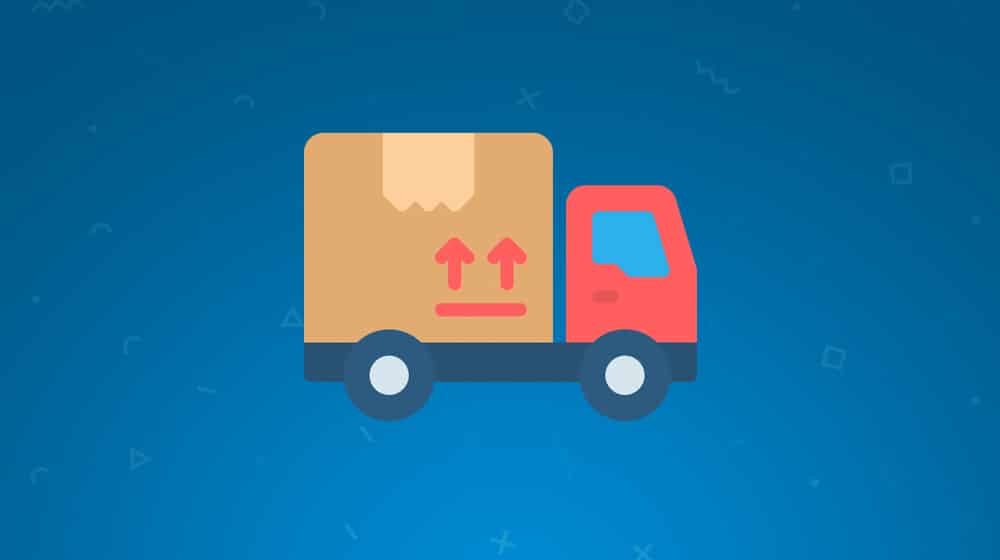
There are a few benefits to the wholesale model:
You are typically purchasing and reselling products that already exist and have existing demand. You don't need to do the legwork to drum up support or interest in the product, just marketing to put your store in front of people. Think how all of the major retailers in your area sell the same selection of brands of toilet paper (plus their store brand).
You have greater control over inventory. You can stock as much of a product as you think you can sell, and usually, you don't have to worry about the wholesaler making enough because they fulfill orders for thousands of retailers like you. They will almost always have plenty of stock on hand.
Profit margins for wholesaling can be large, but you may be limited by market pressure. For example, if you buy a pallet of 1,000 of an item for $0.50 each and resell them for $1 each, you walk away with $500 in profit. However, if other people in your region are selling the same product for $0.75 each, you will have a harder time convincing people to buy it for $1 and may not be able to sell for that level of profit.
There are other potential downsides to wholesaling as well:
You're responsible for your inventory management. You have to order the product, generally in bulk, and store it somewhere. This might mean storage space in your basement or spare room, or it might mean renting warehouse space, or it might mean setting up a retail outlet.
You have to pay for your product upfront. If you buy 1,000 units of a product and find that you can only sell 500 of them, you're left with 500 more you need to dispose of. This can cause a lot of product waste and a lot of lost money.
Some manufacturers have price controls. For example, if you want to sell Arizona Iced Tea, you have to sell it for the price they print on the can and have no flexibility to set a price of your own.
A large inventory means a lot of information tracking. A retail store might need to manage deals, contracts, shipping invoices, ordering processes, and entire business relationships with dozens if not hundreds of manufacturers. The more you want to sell, the more complex tracking it all becomes.
As you can imagine, there's a lot of risks inherent in wholesaling. You can be left holding the bag, both on products you can't sell and on retail space or warehouse space you need to pay rent on even when you aren't selling. On the other hand, the profit potential is high, especially with online retail.
2. Dropshipping is a different value proposition. With dropshipping, you create a contract with a manufacturer. They make the product, and you sell it. You advertise it as your own, you sell it on your company website with your company branding and a unique value proposition.

When a customer orders one of these products from you, you simply refer the order to the manufacturer. The manufacturer (or wholesaler, or fulfillment center) does what they need to for customizing the package for your brand. This might include a custom cardboard box, or a packing insert, or just the language on the shipping notice. They handle shipping, they handle fulfillment, and they handle returns.
For obvious reasons, dropshipping is popular. It has many benefits, including:
It's low risk. You don't necessarily need to pay anything for a contract; if you don't sell products, you don't make a profit, but neither do you lose money in the failure to sell.
You don't need to worry about expenses or product storage. You don't rent a warehouse, rent retail space, or pay for shipping.
Successful branding and marketing campaigns can position you to dominate a niche and make an incredible amount of money.
On the other hand, there are a few drawbacks.
Profit margins are usually slimmer. Your supplier factors shipping and fulfillment into the price, and may have a dropshipping contract with many different sellers, so you have a lot of competition and a lot of marketing to do to make a real profit.
Competition is fierce. Dropshipping has a very low barrier to entry. You can set up a WordPress blog with a few plugins, or an Amazon FBA account, and be dropshipping in a few hours. This means thousands upon thousands of people are doing it already, and you have to compete with them.
You have no inventory control. If the manufacturer has supply line issues or sells out of their product, you're out of luck.
To a certain extent, choosing between wholesaling and dropshipping depends on what you want to sell. Some products are only available to wholesalers, while others are available to both. You can likely find suppliers for something in your niche, if you look hard enough, but you might not be able to get the big-name brands as a dropshipper.
For this post, I'm mostly going to be focusing on wholesalers, as the title implies. A lot of the information below applies to dropshippers as well, but I'm focusing mostly on wholesalers.
Step 3: Decide on Scale
If you've decided to become a retailer, you need to decide on your scale. Do you want to be a small single-niche shop? For example, a store that sells music supplies, a store that sells exclusively items for dogs, or a store that sells nothing but a variety of candies. Alternatively, do you want to be a larger convenience store?

Most towns have their mom-and-pop style convenience stores with a variety of products available.
- Niche stores are more focused. They let you work with a smaller list of suppliers, so your supply lines are less complex, and they let you take advantage of gaps in your local market more easily. However, they also live or die at the whims of the market. A store dedicated to selling party supplies might struggle during, say, a global pandemic. (Yes, that's an extreme example, but it's very real.)
- General stores are more complex to manage and usually require more space and more bookkeeping, but they are also more resilient. However, they tend to have more competition, especially in this age of global eCommerce. Remember, you're not just competing with the likes of your local Walmart; you're competing with Amazon as well. We're all competing with Amazon, these days.
You can also choose between selling in a retail outlet or selling online. Again, with the title of this post, I'm mostly focusing on eCommerce (online stores) but you can set up both. A retail outlet allows you to target a local niche that might have no competition, though it has a smaller audience than the entire internet. An online store has less overhead and is easier to manage, but has more competition and lives or dies based on your advertising and SEO.
You'll want to lay a lot of your groundwork before you start lining up suppliers. That way, you don't get blindsided by not having enough warehouse space for large orders.
Step 4: Research Suppliers
One of the most annoying parts of being a retailer is that the world of wholesalers is a mess.
There are manufacturers. These are factories and production facilities that create the products in the first place. 99% of the time, you cannot contact or make a deal with these facilities. You can't hit up a Coke bottling plant and get your sodas directly, you need to go through Coke wholesaling. These facilities either have exclusivity agreements, or they're owned by the company that wholesales the product.
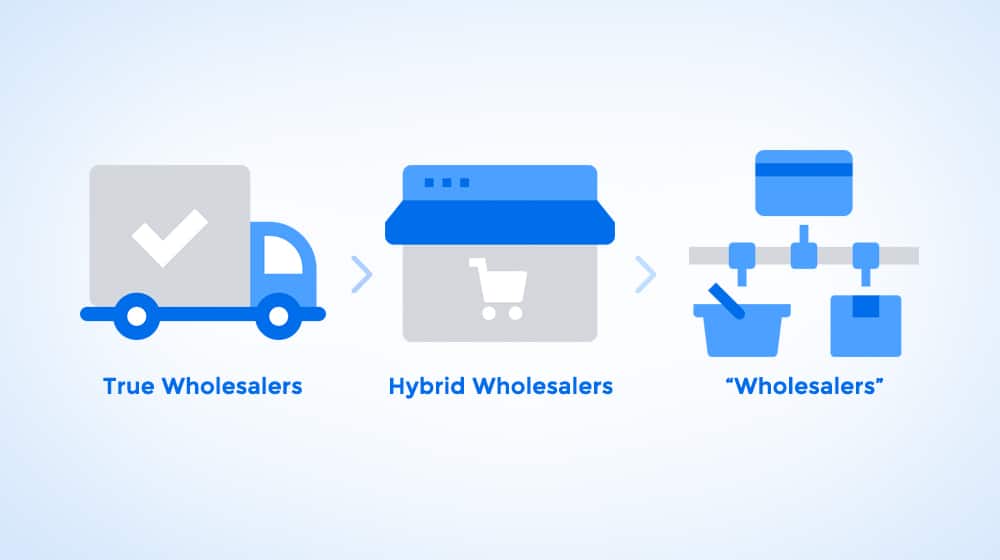
Wholesalers can be a gigantic mess. You can, broadly, categorize wholesalers into three groups.
- True Wholesalers. These are companies that produce a product and sell only to retailers. They do not sell individually on Amazon or eBay, and they do not maintain retail facilities of their own. Kellogg's is one example; they wholesale their cereal to retailers around the world, but there are no dedicated Kellogg Stores.
- Hybrid Wholesalers. These are companies that wholesale to retailers, but also sell retail products directly. Apple is an example here; you can buy an iPhone from the Apple Store, or you can buy it from Best Buy. It's the same product either way.
- Mock Wholesalers. These are "wholesalers" who buy their products in bulk from the other kinds of wholesalers and sell to retailers with a markup. They are middlemen taking profit and sourcing products from the real wholesalers.
It might sound like middlemen are terrible as suppliers, and it's kind of true, but they do have some potential advantages. The biggest advantage is being able to break up large lots. Imagine this scenario: you're a retailer, and you want to sell a product from Big Manufacturer. Big Manufacturer's product comes in minimum order sizes of 100,000 units. You're a new store with a small audience, you know there's no way you can store 100,000 units, let alone sell them in a reasonable time.
A middleman might buy that 100,000-unit order, and then split it up and sell 1,000-unit packages to retailers. This is much more reasonable for you to sell. The downside is, of course, the price; the per-unit price from Big Manufacturer is going to be lower than from the middleman because the middleman wants to make their profit.
Thus, if you want to maximize your profits, you need to be aware of whether or not your supplier is a middleman. Sometimes, it's almost impossible to tell.
Step 5: Find Suppliers
There are a few different ways you can find suppliers, but a lot of them have downsides.

Here are some of the most popular methods:
You can build those relationships yourself. This involves identifying a product, track down the manufacturer, and start making calls to find their sales department. This has the potential to get you the best deal but requires a lot of legwork, and you may not be able to buy from them directly. Some manufacturers only work through dedicated wholesalers, for example.
You can search online. There are a lot of wholesalers who do advertise online (though not all of them do), and you might be able to find them and reach out through the web. Just remember to watch out for middlemen posing as first-party suppliers. Also, remember that the easier a supplier is to find, the more people have found them, and the more competition you will have to sell their products.
You can use online directories. Directories list suppliers and their contact information, rates, and other policies. It's an easy mode for setting up an eCommerce store, but it sets your store to hard mode. Why? Two reasons. First, competition. Other people use those directories as well, and you have very little room for negotiation. Second, fees. Many of these directories charge fees to use them, and that can eat into your profits. You have to be careful with directories, as many of them are filled with "mock wholesalers" or are mock wholesalers themselves. They are the easiest option compared to searching and building relationships yourself, and there are plenty of businesses lining up to take advantage of this.
Once you find a supplier, you need to harvest information about them to make your deal.
Step 6: Gather Details
Once you've decided on your scale and your niche, you can start looking for suppliers. You can do some of this online, but be aware that many manufacturers simply don't care to advertise online, don't have contact forms, and might not even have websites. You'll have to do a lot of legwork just by calling businesses directly.
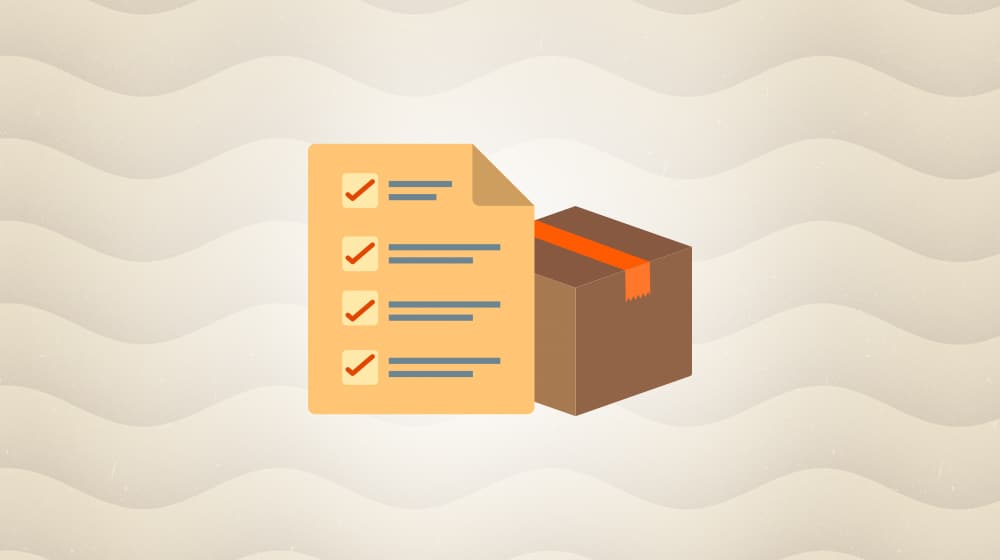
Here's information you should gather when you contact suppliers:
- What are their wholesale rates? Compare the wholesale price to the retail price of the item, add in shipping and fulfillment costs, and figure out if you can sell it for that price and make a profit. Sometimes, the value proposition just isn't good enough.
- What is their minimum order quantity? Sometimes, suppliers only sell in such large volumes that you can't deal with them directly without losing money.
- What are shipping costs likely to be? You need to consider two costs: the cost of shipping when you order the bulk items, and the cost of shipping to your customers. Remember, bulky and heavy items have much higher shipping costs.
- How much physical space does the item take up? This affects storage costs. Selling phone cases has a much lower storage footprint than selling office chairs, for example.
- What is their return/breakage policy? If items arrive broken or defective, what can you do about them? Who foots the bill and pays for shipping? Is there a restocking fee?
- Are there backup suppliers for the product? If the primary warehouse has fulfillment issues, can you get products from a backup while demand is high? Will your business grind to a halt if your supplier goes out of business?
You might also have specific questions about suppliers outside of the country. For example, you might want to ask if they have an account rep who speaks your language, or if you'll be dealing with a language barrier. You might ask if they have supply lines through customs that avoid delays in shipping. You might want to ask for fulfillment turnaround times.
There are a lot of good questions you will want to ask, and a lot of them depend on your specific kind of situation. You should also be prepared to answer questions about your business, such as whether or not you're set up to handle their products, what your target market is, and what kind of sales volume you expect. Remember, some suppliers won't work with new retailers or stores with low volume.
Step 7: Negotiate
In a modern supply line, just about every step has some wiggle room. You might be able to negotiate a specific deal with the supplier, with the shipping company, with the warehouse you're using to store your inventory, and so on.
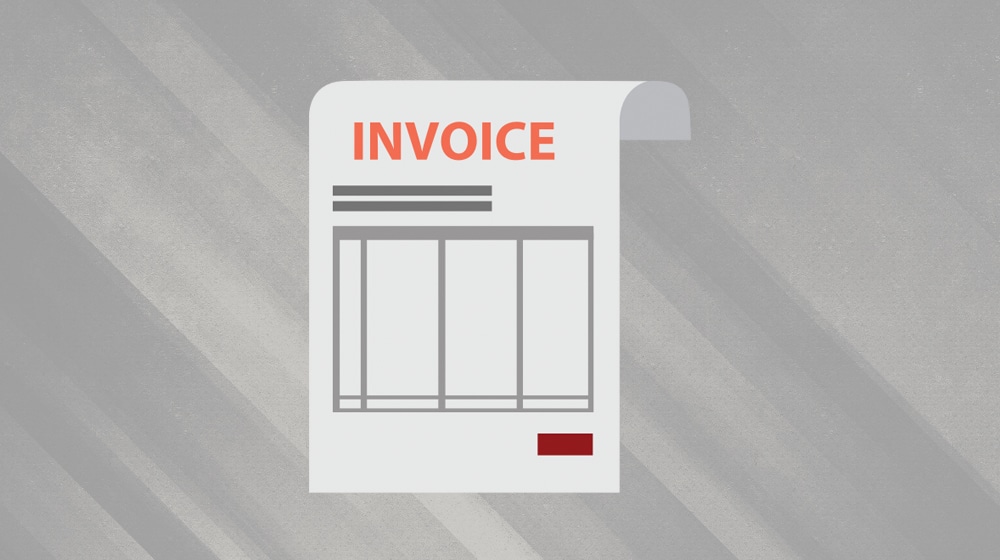
Again, though, the main thing to remember is that nothing is consistent. Some suppliers only deal in large bulk orders, have fixed prices, and don't much care if you can't meet them. Others are excited to sell through every channel they can and will make deals just to add you to their roster of retailers.
Negotiation can happen, but you have to remember a few basic tips.
- Don't be dishonest. Exaggeration, falsification, or false promises can hurt more than they help.
- Have a proposal ready. Be able to pitch your company, your audience, your marketing, and yourself.
- Don't focus just on base price. Unit price may be inflexible, but the supplier might have bulk incentives, upsells, advertising allowances, exclusivity options, or special shipping or payment terms that can make a deal more attractive.
- Leverage competition. It can be a good idea to be in talks with more than one supplier for similar products, to play them against one another. Just be sure not to disclose confidential, specific details about deals or pricing.
- Remember that the supplier needs to make a profit too. You can't negotiation down such that the supplier takes a loss.
Negotiation can take time, so don't be afraid to take that time to think. Sometimes, this can even be a strategy, by making the supplier antsy that they'll lose a sale. It doesn't work on everyone, but it might work on some suppliers.
Getting Started
If all of this sounds like a lot of work, well, you're right.
There's a reason dropshipping is so much more popular than wholesaling, and why so few people want to open retail businesses. There's a ton of legwork involved in setting up a storefront, whether it's physical space or online or both, and that's just for one supplier. Repeat for every supplier for a product you want, and you can see how it becomes more than a full-time job.
Hopefully, my tips have helped you find a place to get started with the process.
Do you have any questions for me on finding wholesalers or dropshipping? Let me know in the comments section down below! I'm happy to help, or at the very least, point you in the right direction.



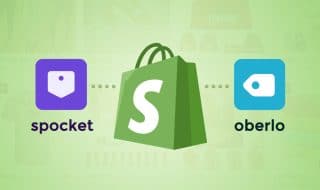

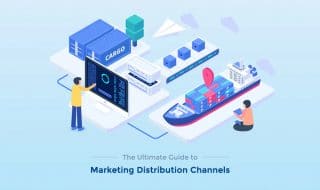
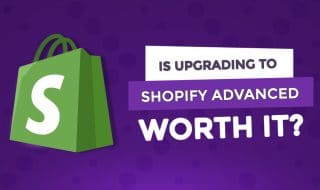

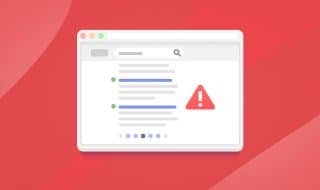

June 23, 2021
Hugely helpful. There are so many "mock wholesalers", I've never heard of that phrase until today.
June 23, 2021
Thanks Michelle! I made that term up, so that could be why!
I think Doba is a great example of this, they've been around for as long as I can remember and from what I've heard they aren't "true" wholesalers. Sometimes the easiest option is the option that many business owners will take, and the middleman is the one that profits the most from that.
Margins are so thin as it is with dropshipping, if you have too many people in the middle you'll keep eating into your profits. That makes it very difficult to run a business.
May 11, 2022
Perfect way to describe it! I wish it was easier to spot these.
May 13, 2022
Typically if they market themselves as an easy dropshipping solution, they're middlemen between you and the supplier. The best relationships are usually the ones you forge directly with distributors.
June 29, 2021
Do wholesalers usually have a minimum amount per purchase?
June 30, 2021
Hi Clark!
Yes, at least the ones with reasonable pricing usually do.
The wholesalers with "No minimum order" are usually very expensive because they have more headaches per customer. However, if you're placing giant orders every month for thousands of products, you have more bargaining power and bulk pricing.
It depends on the product, the company, and the industry. For example, a company selling industrial 30 foot wide printers isn't going to have a minimum order of 500, but a business selling drink coasters will.
July 02, 2021
Hey! I am interested in doing dropshipping. Do you know what do I need to start with this?
July 08, 2021
Hey Darlene!
The best way is to drop lines to manufacturers. This works better if you already have an established business selling similar products.
Send out a handful of emails to companies that you're interested in, and stay organized. Follow up with them, negotiate prices, and see if you can make it work for you.
There are lots of other things you should discuss with them as well - tiered pricing, return policy, white-label packaging and invoicing, and so on.
December 14, 2023
Interesting article, thanks! The B2B wholesale marketplace is the place to go. Have you heard of Alibaba? If not, then this is a wholesale market offering goods primarily made in China.
December 15, 2023
Definitely! Lots of eCommerce stores dropship from Alibaba, Aliexpress, Wish, and so on. Happy the article helped you!